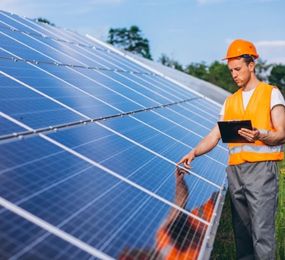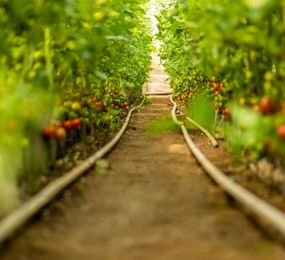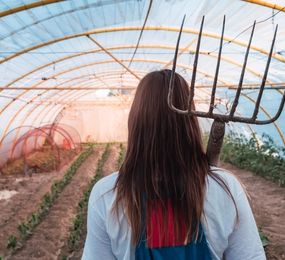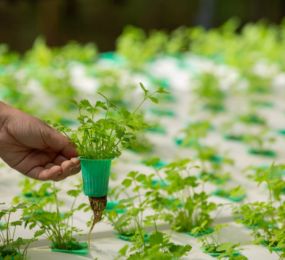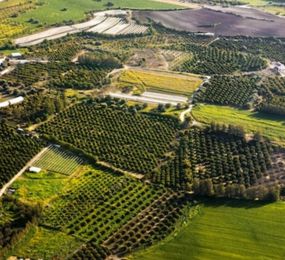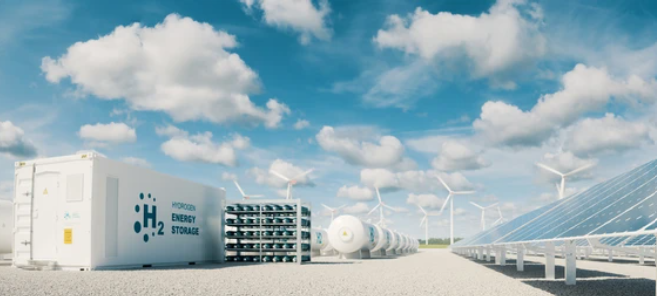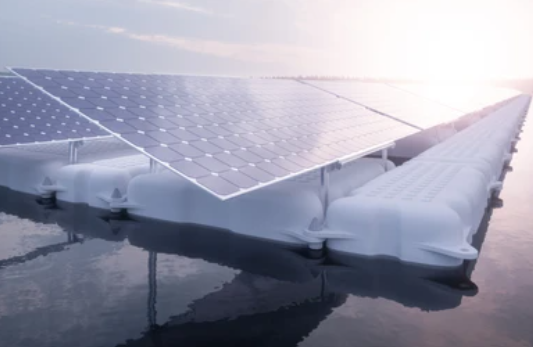AgriVoltaics, the harmonious symphony of solar energy and agriculture, relies on a key instrument – the solar panel. But this instrument is no longer a stagnant melody; it's undergoing a captivating transformation, brimming with innovations that promise enhanced efficiency and adaptability.
A Brighter Shade of Green:
Traditionally, silicon panels dominate the landscape. However, research and development are exploring exciting alternatives:
-
Semitransparent panels: These panels allow a controlled amount of light to pass through, benefiting shade-tolerant crops while still generating electricity. Perfect for AgriVoltaics, they unlock maximized land utilization and optimal energy production.
-
Bifacial panels: These panels capture sunlight from both sides, increasing overall energy output. Strategically placed in AgriVoltaics systems, they can harness reflected light from the ground or nearby structures, boosting efficiency.
-
Organic photovoltaics (OPVs): These lightweight, flexible panels can be integrated directly into agricultural structures like greenhouses or even woven into fabrics, offering exciting possibilities for vertical farming and innovative AgriVoltaics applications.
Beyond Efficiency:
Innovation extends beyond just boosting power output:
-
Spectral selectivity: Panels tuned to specific wavelengths can optimize light utilization for targeted crop growth, potentially enhancing yields and improving resource efficiency.
-
Self-cleaning surfaces: Panels coated with special materials can repel dust and dirt, reducing maintenance requirements and ensuring consistent energy production.
-
Integrated sensors: Panels embedded with sensors can collect real-time data on environmental conditions, providing valuable insights for optimizing irrigation, pest control, and overall system management.
The Adaptability Symphony:
These advancements pave the way for AgriVoltaics to adapt to diverse contexts:
-
Variable intensity panels: Panels that adjust their light absorption based on weather conditions can protect crops from excessive sunlight and optimize energy production in fluctuating environments.
-
Modular designs: Flexible and modular panel systems can be easily configured to fit the specific needs of different agricultural settings, accommodating varied land shapes and crop heights.
To register or learn more about the Forum please check here:http://bit.ly/3kR0v2R.
For more information and group participation, contact us: [email protected]




